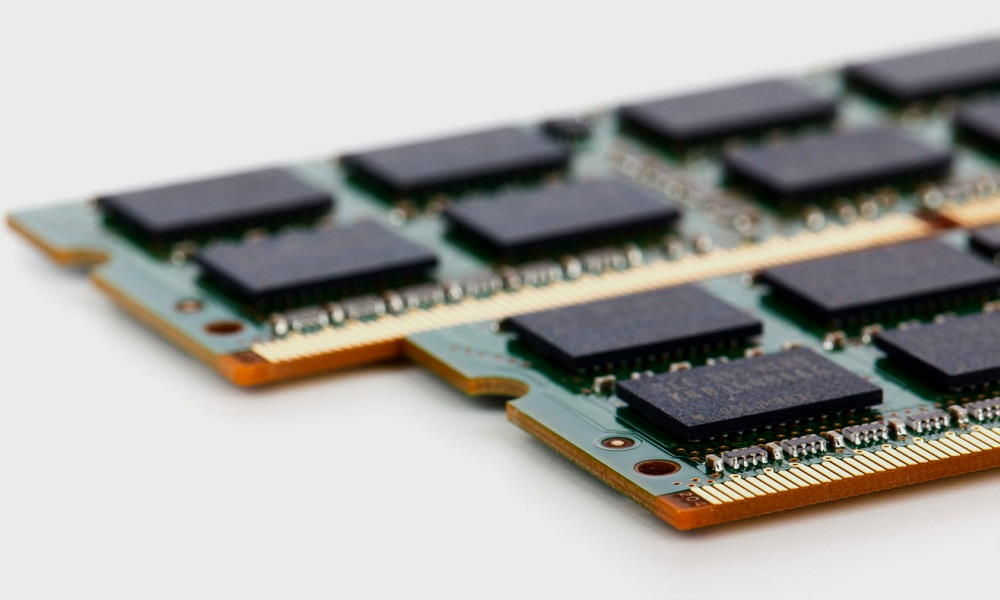
The Innodisk firm has presented its DDR4 “Ultra Temperature” memory, a range that has been specially designed to operate in extreme conditions and to withstand, without problem, the worst conditions of use that we can imagine, something surprising that contrasts greatly with the relative fragility that this component usually has.
It is important to bear in mind, in this regard, that DDR4 memory is a particularly temperature-sensitive component, and that if it does not have adequate cooling, or if it is used in environments where it is excessively hot, it will run unstable and show frequent crashes. In extreme situations, it could stop working completely, with all that that implies.
Well, Innodisk’s “Ultra Temperature” DDR4 memory is designed to run smoothly in temperature ranges ranging from from 40 degrees below zero to 125 degrees (Celsius), which means that they can be integrated into a large number of devices, and solutions, including closed spaces where space, and cooling, are very limited resources.
This memory is available in SODIMM and ECC (error correction) SODIMM configurations, with a capacity of 16GB or 32GB, and have been subjected to numerous tests that guarantee total stability under extreme temperatures, as well as high resistance to shocks and other “punishments”. Here we list its key points:
- They passed the vibration test (MIL-STD-810G 514.7).
- They passed the thermal shock test (MIL-STD-810G 503.6).
- They also passed the drop test (ISTA-1A) and the flex test (EIAJ-4072).
- They had no problem passing the insertion and removal test (100 cycles).
Innodisk’s “Ultra Temperature” DDR4 memory uses 45mu gold connections, which translates into a more reliable connection when compared to traditional memories that use 30mu connections. They also feature side fill technology that protects and strengthens delicate weld joints against thermal and mechanical stress.
To reinforce the general protection of memories, a anti-sulphidation layer which prevents corrosion of the silver alloy caused by sulfur. Lastly, they also include a built-in thermal sensor that accurately measures and monitors component temperatures. These reports are already available in the general distribution channel.




